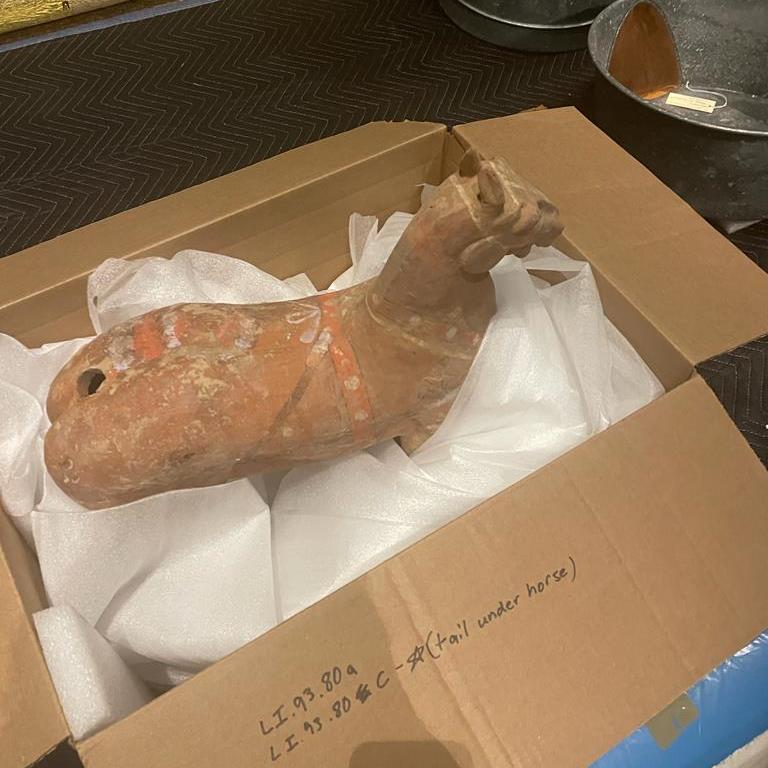Even a tiny art object can bear an immense financial, cultural, or emotional value, so the storage and transportation of art should always be handled with utmost care and professionalism. In this regard, art boxing comes in handy as a secure method of protecting art objects from physical impact, vibration, moisture, and environmental changes. Here is a pro guide to safe artwork boxing that will help you protect your precious items.
Core Principles of Safe Artwork Boxing
Here are the main principles to follow when packing art for storage or transportation.
High-Quality, Acid-Free Materials
Art packing materials should be durable, acid-free, and classified as archival or museum-quality because of the vital role they play in the protection of an art object. By using such materials, you will prevent chemical reactions and curb the art object’s degradation over time.
Proper Size and Fit of the Box
The box needs to be properly fitted to the size of your art object. Always reserve 2 inches extra on each side of the artwork, which will house the padding layers and prevent the art object’s movement inside the box during transportation.
Safe Sealing and Labeling
The box should be sealed with high-grade packing tape, with all seams closed tightly to prevent the penetration of moisture and dust into the box. Use “Fragile” and “Handle with Care” labels to guide the shippers and handlers at various transit points.
Documentation and Insurance
Though this step doesn’t directly relate to the boxing process, insurance and documents are part and parcel of safe artwork handling. Don’t forget to prepare the full documentation package and include a comprehensive insurance plan in it.
Professional Step-by-Step Guide for Secure Art Packing
Now, let’s recap the process of art packing step by step.
- Prepare the workspace and materials. Double-check that you have all the needed tools in place and that your space is clean.
- Evaluate the art object and make all measurements.
- Wrap the artwork in a layer of acid-free, non-adhesive protective paper.
- Add structural padding to enhance shock absorption.
- Cushion the art object and insert it into the box.
- Seal the box, attach labels to it, and include a documentation package if needed.
These were the main principles of safe artwork boxing that every conscious art collector should know. You can either follow them on your own to elevate your art packing skills or hire professional art handlers who will employ all these safety procedures to guarantee maximum protection for your art. Fine Art Shippers is always ready to deliver such services, boxing your art on-site or in our warehouse, depending on your needs.
